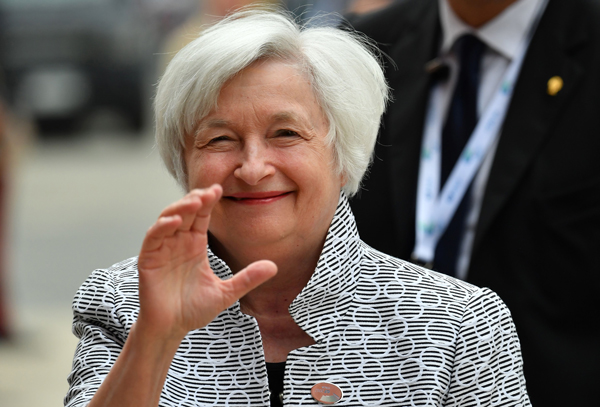The Federal Reserve said Wednesday it will start shrinking its bond portfolio in October following a unanimous vote, but low interest rates could still be here to stay.
The Fed acquired the bonds in the wake of the 2008 financial crisis under a policy of so-called quantitative easing, which was designed to keep financing cheap and instill confidence in financial markets. The decision to start selling was widely expected.
Meanwhile, 12 out of 16 Fed officials said they expect one more raise in short-term interest rates this year, the Wall Street Journal reported. The Federal Funds Rate, a benchmark rate for overnight bank loans, had been close to zero for years but had risen to 1.0 to 1.25 percent in June.
The median official projection of the long-run rate was 2.75 percent, down from 3 percent in June, as low inflation makes further rate hikes less likely.
“It’s premature to conclude that the underlying inflation trend is falling well short of 2%,” Fed chair Janet Yellen said in June. “Policy is not something that’s set in stone, and if our evaluation changes with respect to inflation, that will make a difference.”
The Fed’s interest rate policy can have an impact on mortgage rates and cap rates, and by extension property prices. [WSJ] — Konrad Putzier
